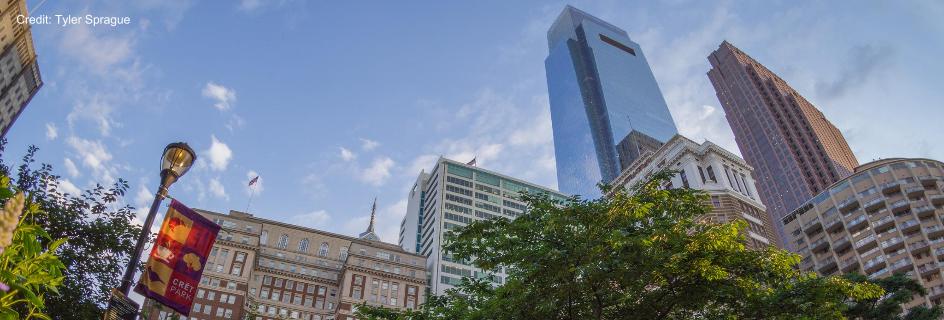- About GPA
- Global Events
- GLOBAL NEWS FROM PHL
- Global Directory
- World Heritage City
- Sustainable Development Goals (SDGs)
- Global Philadelphia Role on Sustainable Development Goals
- Completed Sustainable Development Goals
- SDG#1: No Poverty
- SDG #2: Zero Hunger
- SDG#3: Good Health & Well-Being
- SDG#4: Quality Education
- SDG#5: Gender Equality
- SDG#6: Clean Water & Sanitation
- SDG#7: Affordable and Clean Energy
- SDG #8: Decent Work and Economic Growth
- SDG #9: Industry, Innovation, and Infrastructure
- SDG#10: Reduced Inequalities
- SDG#11: Sustainable Cities and Communities
- SDG#16: Peace, Justice and Strong Institutions
- SDG#17: Partnerships for the Goals
- Press
Home ›
A Small French Town Big On World Heritage: A Spotlight on Firminy
Posted on September 29, 2021
By Will Becker
Nestled along the Ondaine river, the historic city of Firminy has a history of operating coal mines since the 14th century, and the first recorded use of its name as a commune was in 917 AD. Rich in history, the city succeeded in acquiring World Heritage Site status for its Church of Saint-Pierre in 2016. The Church is the largest piece of architecture designed by a major contributor to modern and brutal architecture, Le Corbusier. Its significance has been acclaimed for quite a while - In the World Architecture Survey of 2010, by Vanity Fair magazine, the building was ranked as second in the rankings of the top structures built in the twenty-first century, receiving four votes. American deconstructionist architect Peter Eisenman asserted in his response that this building is the most important structure built since 1980. UNESCO has lauded the significance of Le Corbusier’s architectural contributions for some time now, yet surprisingly this designation did not go as smoothly as you might assume. Since its full completion in 2002, the site was submitted twice unsuccessfully for consideration, once in 2008 and again in 2011.
There is more heritage to appreciate in Firminy aside from the grand church. The church is actually a part of a larger complex of buildings designed by Le Corbusier called Firminy-Vert, which includes a stadium, a cultural center, and a Unité d’Habitation. The Unité d’Habitation is of particular curiosity that might shine some appreciation from Philadelphians. The building was designed in reaction to a recent housing crisis in the city, in which citizens were moving in quickly, and rent prices skyrocketed as a result. Le Corbusier chose to implement his modular method of design to create a building that would best suit the ‘model man’ (the height of an average person with their hand fully raised) and to govern the design around the concept.
What might be viewed from the outside as an average apartment building is actually designed for the greatest possible human experience in its efficiency which has now become the standard for modern architectural design. This thought process of design can be seen in brutalist architecture in Philadelphia, like the International House of Philadelphia, whose resemblance on the outside alone is clear.
As Firminy continues its efforts to gather more appreciation for its cultural heritage, we should look at the city in comparison to our own, and see what it means to be a World Heritage City ourselves.







